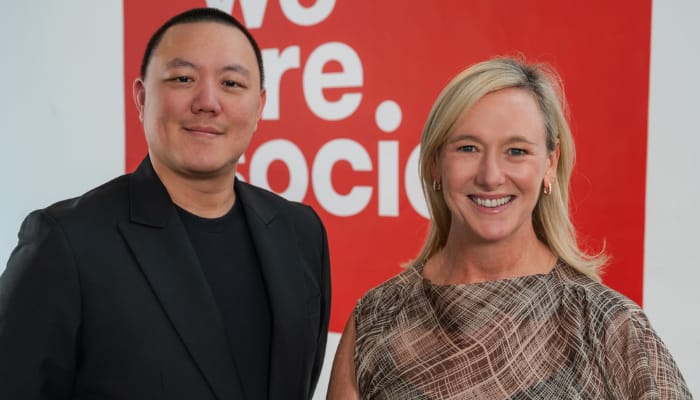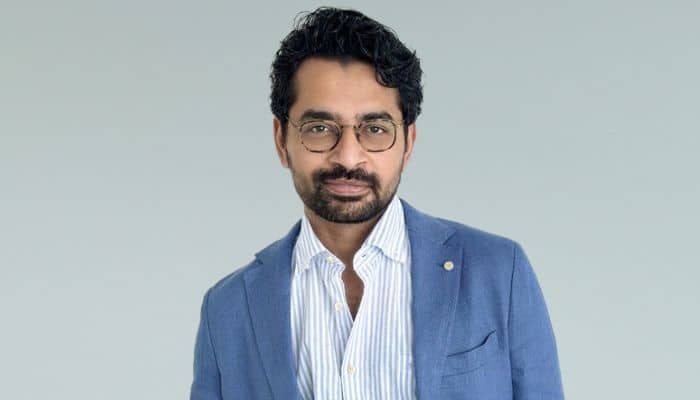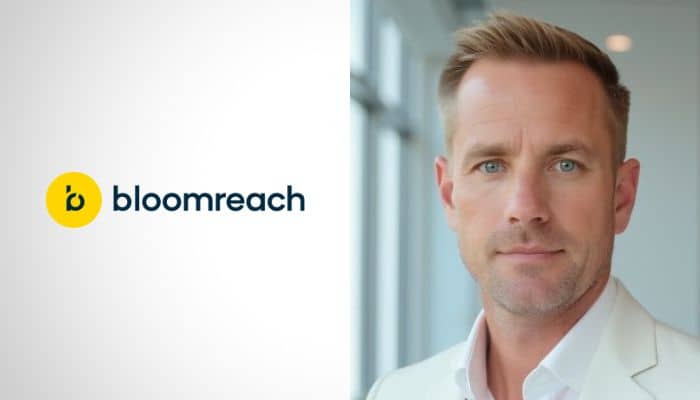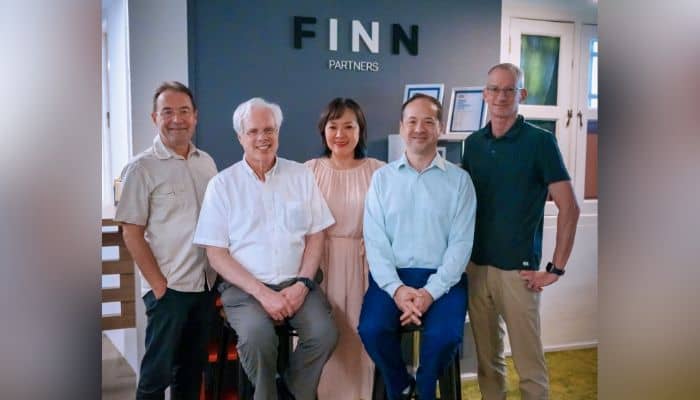Bangkok, Thailand – Global socially-led creative agency We Are Social has today made a series of significant announcements across Asia-Pacific. Suzie Shaw, previously CEO of We Are Social Australia since 2015, has been promoted to the new role of Asia-Pacific CEO. Moreover, the agency has also announced the opening of a new office in Thailand to support its clients for the local market.
While continuing to lead the team in Australia, Suzie will now also be responsible for driving the agency’s growth across Asia-Pacific, fostering regional partnerships, and strengthening capabilities. She will drive innovation to meet the evolving needs of brands navigating an increasingly complex social and cultural landscape.
Shaw has been instrumental in shaping We Are Social’s success to date. She has grown the Sydney team to over 60, delivering award-winning, culturally relevant campaigns for brands such as Samsung, Audi, adidas, and TikTok. Shaw is part of We Are Social’s Executive Management Board and reports to its global group CEO Toby Southgate.
Meanwhile, We Are Socia office in Bangkok, Thailand will have inaugural clients such as L’Oréal, KFC, Warner Bros. Discovery, and T&B Media. It offers full-service capabilities and has a team of 19 people from creative, strategy, PR and influencer and client services disciplines, with open roles in technology and gaming.
To date, the team has worked on a broad range of creative services, including always-on social, gaming and cultural insights-led activations, engaging with subcultures and passion-based communities, as well as utilising web 3.0 technology.
It is led by Patt Nitikarn as managing director and Nutchanun Chiaphanumas as executive creative director, who collectively have extensive global creative credentials.
Nitikarn commented, “Bangkok has always been a creative driving force, and there is now also a huge appetite for a culture and community-led approach to social-led creative. What’s really exciting for us as a team is being able to take the global vision of We Are Social – to lead the evolution of marketing – and make it culturally relevant for our market, whether that’s using cutting-edge technology to engage with consumers and subculture communities, or bringing creativity to always-on social. As an agency of pioneers and creative innovators, we’re excited to be working with brands that share our ambition.”
The agency’s launch in Bangkok further strengthens We Are Social’s footprint across Southeast Asia, with the agency already operating in Singapore and Indonesia. In order to build upon this success, We Are Social has promoted Naiyen Wang to the new role of managing director, Southeast Asia.
Previously managing director of Singapore, Wang will now be responsible for overseeing the agency’s presence in the region, identifying growth opportunities and building close relationships between its teams to service its roster of regional clients. Nitikarn will report to Wang; Wang will report to Shaw.
Shaw commented, “I’m excited to step into this role and work alongside our incredibly talented teams across Asia-Pacific. We have a huge opportunity to help brands not just join the conversation but lead it in a way that truly resonates with their communities. Nowhere is this better reflected than the success Patt and the team in Thailand have had so far.”
She added, “Their social expertise in subcultures and innovative technology, combined with extremely impressive creative credentials is compelling, and resonating with forward-thinking brands. The growth from the team so far has been exceptional, and there is a lot more to come. I’m looking forward to rolling up my sleeves and pushing the boundaries of what social-first creativity can achieve.”
Lastly, Southgate stated, “This is an exciting moment for us, not only in Thailand, but also across Asia-Pacific where we see significant growth opportunities for socially-led creativity. Suzie’s exceptional track record and passion make her the perfect leader for our Asia-Pacific region. Likewise, Naiyen has been instrumental in establishing and growing our team in Singapore, and will be crucial in connecting our teams across Southeast Asia. And Patt is someone whose work speaks for itself. We Are Social is the world’s leading creative social agency and with people like Suzie, Naiyen and Patt leading us forward, our position will only continue to strengthen.”












